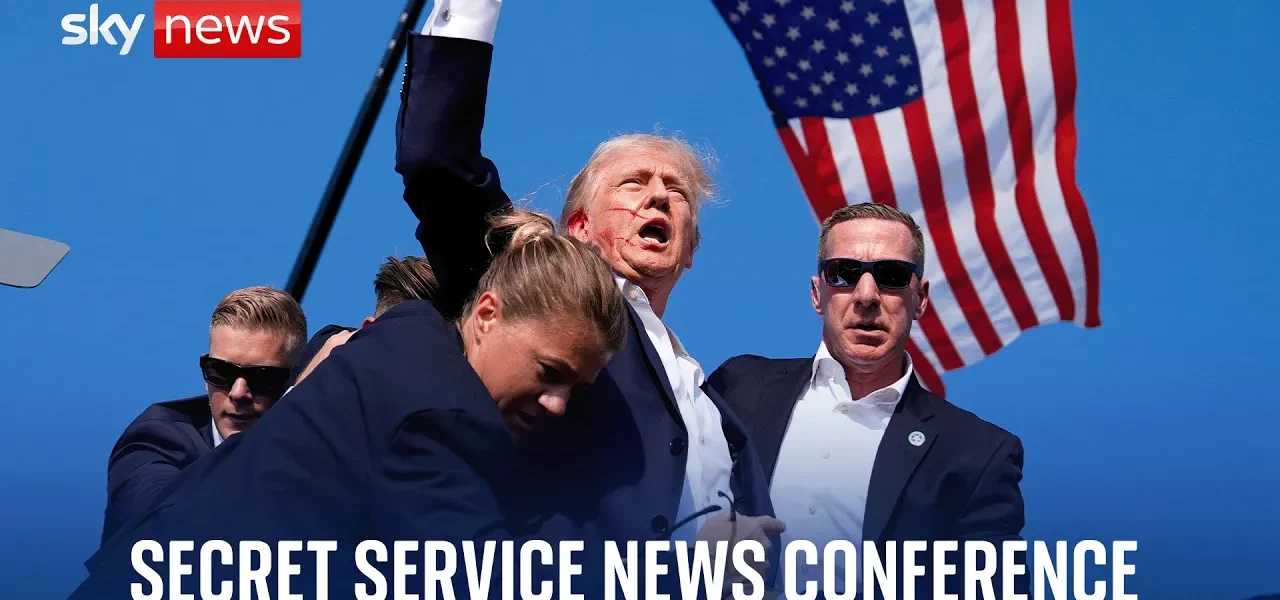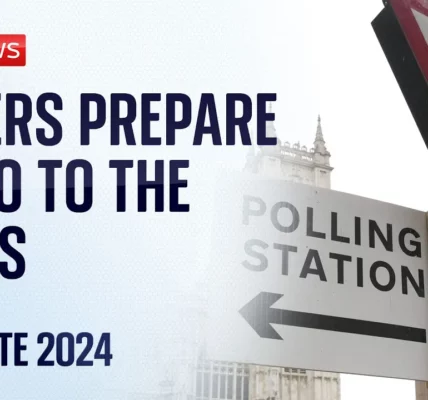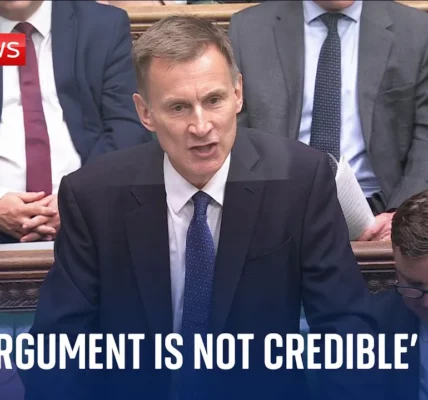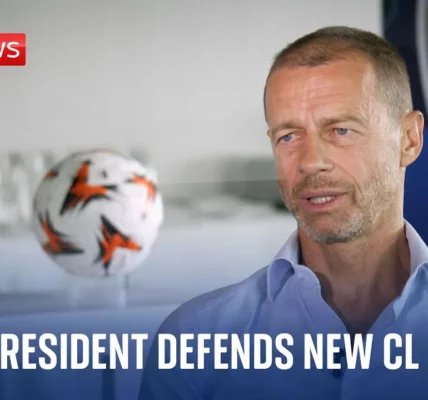Secret Service Accountability and Recent Security Breach Analysis

The recent statements by the acting director of the Secret Service shed light on the agency’s commitment to accountability and the challenges faced during a heightened threat environment. This article delves into the details of the events, the operational protocols, and the relationships between the Secret Service and local law enforcement during recent protective missions.
Introduction
The Secret Service operates under immense pressure, particularly during a presidential campaign when the stakes are extraordinarily high. The acting director’s recent remarks emphasized the agency’s dedication to integrity and accountability in light of a security incident that occurred during a campaign rally. This article will explore the various aspects of the incident, the operational challenges faced, and the protocols in place to ensure the safety of protectees, which ultimately highlight the critical relationship between federal and local law enforcement.
Understanding the Security Incident
The incident in question involved a serious security breach during a rally in Butler, Pennsylvania, where the former president was present. This event raised numerous concerns regarding the effectiveness of the Secret Service’s protective measures and the coordination with local law enforcement.
The Timeline of Events
On July 13th, a detailed timeline of the rally’s preparation and execution was laid out:
- July 8th: Planning meetings and site walkthroughs were conducted by Secret Service personnel with local law enforcement.
- July 10th: Counter sniper and technical security teams arrived in Pittsburgh for advanced planning.
- July 12th: Construction of the campaign rally site commenced.
- July 13th: Site briefings and security sweeps were executed prior to the event.
- 1:00 PM: Screening of attendees began, with an estimated 15,000 people present.
- 6:00 PM: The former president took the stage, unaware of a potential threat.
- 6:11 PM: Gunshots were fired, prompting immediate protective actions from the Secret Service.
Actions Taken During the Incident
Within seconds of the gunfire, Secret Service agents displayed remarkable bravery by shielding the former president with their bodies. The efficiency of the counter sniper team, which neutralized the threat within moments, is a testament to the training and dedication of the personnel involved.
Challenges Faced by the Secret Service
As the acting director pointed out, the Secret Service is currently navigating an unprecedented threat environment, which complicates protective operations. Key challenges include:
- High Operational Tempo: The agency is under constant pressure to provide security while managing numerous events and high-profile protectees.
- Communication Failures: During the Butler incident, vital communications regarding a suspicious individual were not effectively relayed to the Secret Service detail.
- Coordination with Local Law Enforcement: The relationship between the Secret Service and local agencies is crucial, and misunderstandings can lead to severe lapses in security.
Commitment to Accountability
The acting director made a firm commitment to accountability, stating that any personnel found to have violated policies would be held responsible. This commitment includes:
- Conducting thorough investigations into the incident.
- Implementing necessary disciplinary actions based on the findings.
- Ensuring transparency with the public regarding the outcomes of the investigations.
The Importance of Local Partnerships
The Secret Service relies heavily on local law enforcement to ensure the safety of protectees. The acting director expressed gratitude for the support received from local agencies, acknowledging that:
- Local officers possess invaluable knowledge of the community and terrain, which enhances security operations.
- Collaboration with local law enforcement is essential for effective event management.
- State and local agencies play a critical role in crisis situations, as demonstrated during the Butler rally.
Enhancing Future Coordination
To improve future operations, the Secret Service is evaluating its communication protocols and the integration of advanced technologies. This includes:
- Establishing unified command posts with local law enforcement to enhance communication.
- Utilizing unmanned aerial systems for improved surveillance during events.
- Reassessing security room placements to ensure better access to real-time information.
Conclusion
The recent security incident involving the Secret Service during a presidential rally has highlighted the complexities and challenges faced by the agency in a high-pressure environment. The commitment to accountability, the importance of local law enforcement partnerships, and the ongoing efforts to improve operational protocols are essential steps toward ensuring the safety and security of protectees in the future. As the Secret Service continues to navigate these challenges, it is crucial for them to earn and maintain public trust. For more updates on security protocols and the Secret Service’s operations, stay tuned to our website.
“`




